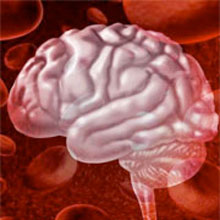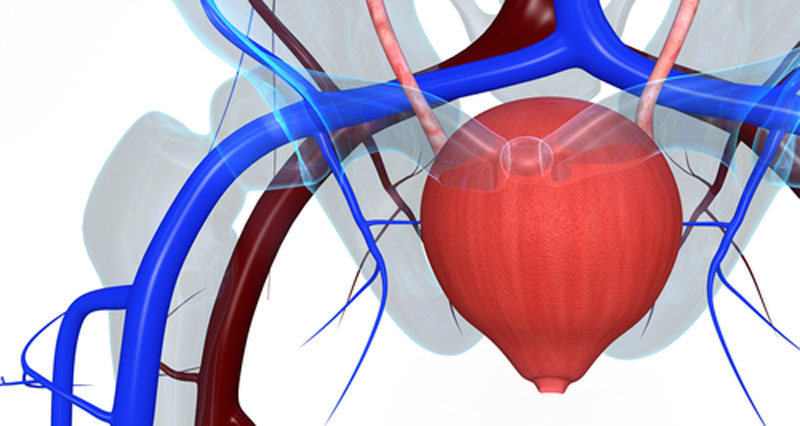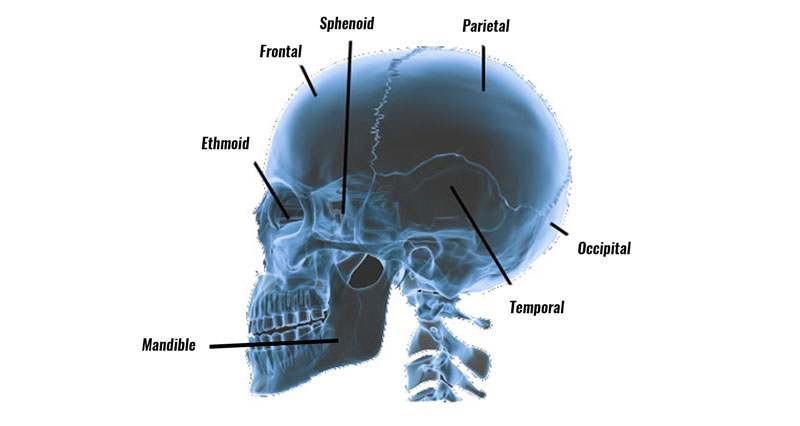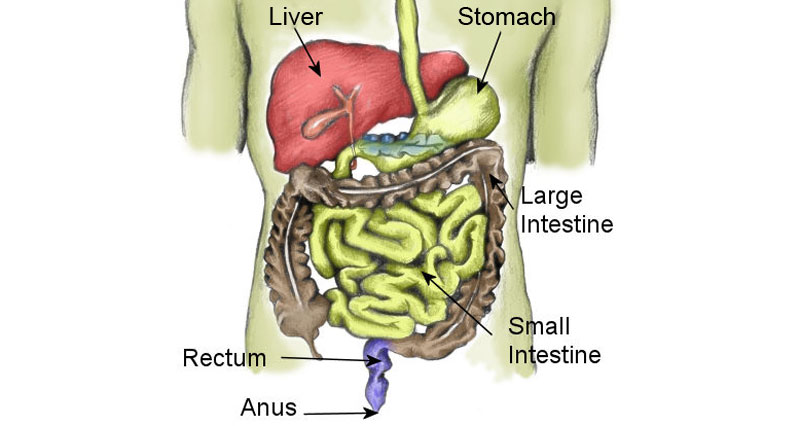A brain bleed can occur after severe trauma to the head. Blood vessels within the brain rupture causing bleeding in the brain. Here we explain the various types of brain bleed. Seek urgent medical attention for any head injury as it can be fatal.
Acute subdural hematoma (brain bleed)
An acute subdural hematoma is a blood clot which develops between the brain and the dura mater (the brain’s outer covering). The cause is a head injury which tears veins on the brain’s surface.
Symptoms of an Acute Subdural Hematoma
- Increasingly severe headache.
- Dilated pupil on the injured side.
- Slow pulse.
- High blood pressure.
- Vomiting.
- Unconsciousness.
Causes
The cause of an acute subdural hematoma (ASH) is an impact on the head. For example, from a fall, a road traffic accident or a ball.
ASHs are among the most dangerous of all head injuries. They account for 10-20% of all traumatic brain injuries and around 30% of all fatal head injuries.
Treatment
- Seek medical attention immediately.
- Once at the hospital, a CT scan is to determine the cause and extent of the injury.
- Surgery to remove the blood clot and stop the bleeding
- Small hematomas may not require surgery.
Following surgery, your care team monitor you closely. This is because a significant number of deaths from ASHs occur in the days after surgery due to pressure on the brain or underlying brain injury.
Chronic subdural intracranial hematoma (brain bleed)
A chronic subdural intracranial hematoma is a blood clot on the surface of the brain, between the brain and the dura or thick outer lining. This is a chronic condition as the clot forms slowly over the course of several days.
Symptoms
- A headache which gets gradually worse over several days.
- The patient may have a loss of memory and confusion.
- Other symptoms include lethargy, nausea, vomiting, and behavioural changes as well as weakness, impaired vision or even seizures.
Causes
Chronic subdural intracranial hematomas usually occur in those over the age of 60. Most often it is due to brain atrophy or wasting/shrinkage which can happen in old age or due to other medical conditions. The shrinkage can cause the tearing of minor blood vessels on the brain’s surface, which then bleeds into the space. Other causes include blood-thinning medications, alcohol abuse and seizures.
Treatment
If you suspect a brain bleed, seek medical attention as soon as possible. CT or MRI scans to diagnose and confirm the extent of your injury. In most cases, a small hole drilled in the skull releases pressures on the brain.
As a result, 80-90% of cases show considerable improvement after drainage, with few long-term side effects.
Subarachnoid intracranial hematoma (brain bleed)
A subarachnoid intracranial hematoma is a bleed into the subarachnoid space, between the brain and the thin tissue that covers it. Head injury is the most frequent cause, although it can occur due to other medical conditions.
Symptoms of a subarachnoid intracranial hematoma
- Symptoms include a severe headache which is often located at the back of the head.
- The patient may experience dizziness, confusion, irritability, nausea, and vomiting.
- They will dislike and avoid bright lights.
- There will be changes in pulse and breathing rate along with possible seizures or unconsciousness.
Causes
Head injury is the most common cause of Subarachnoid intracranial hematomas.
This particular hematoma also occurs due to the rupture of a cerebral aneurysm. These occur in those between the ages of 20 and 60. They are slightly more common in women than men. Also in those with high blood pressure or who are regular smokers.
Treatment
Seek medical attention immediately. A doctor will perform an examination and if a hematoma is suspected, a CT scan will be performed. Other investigations such as an MRI scan or angiography may also be used.
Surgery is usually required with the aim of removing the blood and decreasing pressure on the brain. If surgery is following an aneurysm then the aim is to repair an aneurysm and drain the blood. The patient will then be closely monitored for changes in their condition which may indicate further bleeding or brain injury.
Intracerebral hematoma (brain bleed)
An intracerebral hematoma occurs when one or more blood vessels in the brain rupture, usually as a result of a head injury. It is a medical emergency which can be fatal and so all head injuries should be investigated.
Symptoms of an intracerebral hematoma brain bleed
- Symptoms include a severe headache, nausea, dizziness, confusion, and loss of consciousness.
- The patient may have a loss of feeling or weakness in the limbs on one side or even a seizure.
Causes
An intracerebral hematoma usually results after a forceful impact on the head. This can be a sporting accident (such as a collision or being hit with a hardball, stick or racket) or a fall or road traffic accident etc.
Very rarely, an intracerebral hematoma may occur in the absence of a head injury. In these cases, blood disorders (such as haemophilia or anaemia), chronic high blood pressure or drug overdoses may be the cause.
Treatment of an intracerebral hematoma
Seek medical attention immediately – call an ambulance. The ambulance staff will try to stabilise the patient and will rush the patient to the hospital and on arrival at the hospital, emergency surgery is required. This aims to stop the bleeding and relieve the pressure build-up in the skull.
After successful surgery, the patient will be kept under close observation in the hospital for several weeks. Further tests will be done to check for brain damage and to ensure that all bleeding has stopped. Once released from the hospital the patient will require regular check-ups and long-term medication.







